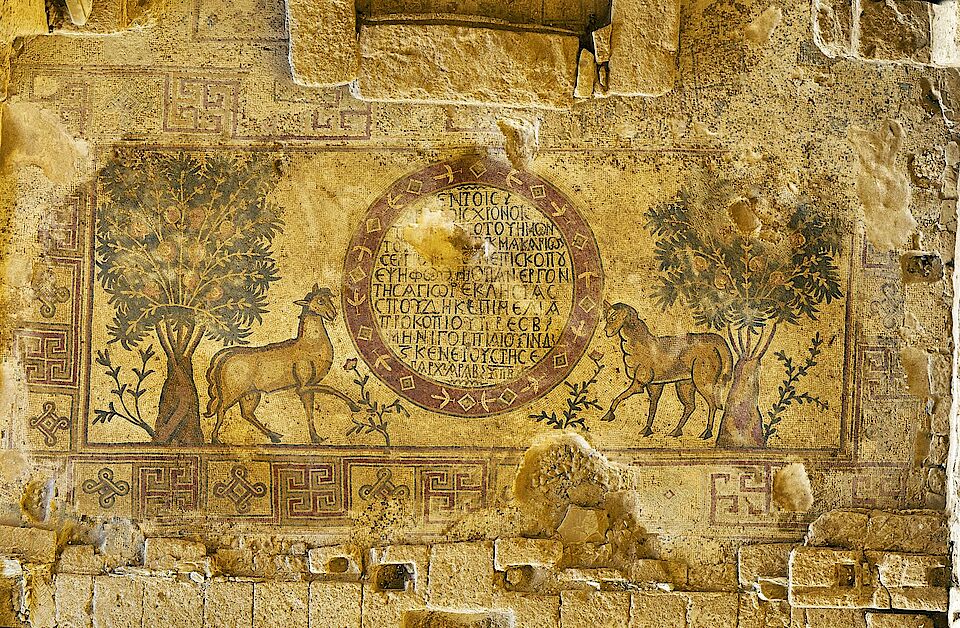MA Simon Tobias Bühler
PhD candidatePhD candidate
PhD candidate
Rheinsprung 9/11
4051
Basel
Schweiz
Tel. +41 61 207 18 56
simon.buehler@unibas.ch
PhD candidate
Curriculum Vitae
Simon Bühler’s research interests focus on visual studies and art history of ancient material societies as well as on art history and theory of Late Antiquity and the Early Middle Ages. He studied Art History and Classical Archaeology (BA) at the University of Basel and Classical Art and Archaeology (MPhil) at the University of Cambridge, Christ’s College, graduating with a master thesis on sculptural interaction in Classical Greek art of the 5th century BC (distinction). In Basel, he worked as Tutor at the Faculty of Art History, as Junior Research Assistant at the Chair of Classical Archaeology (Prof. Martin Guggisberg) and as Junior Research Assistant at the Chair of Medieval Art History (Prof. Aden Kumler). In 2015, he was awarded the Vischer-Heussler Prize ‘Matheton Agon’ and the ‘Novartis-Maturandenpreis der Gymnasien beider Basel’. Beyond his academic life, he is part of the USAR Swiss Humanitarian Aid Unit. Since 2022, he is PhD candidate and member of the eikones Graduate School.
Current Project
Synergetic Spaces, Peripheral Images: The Politics of Late Roman and Early Christian Mosaics of the Eastern Levant
The Ph.D. project examines and contextualises the history and visual theory of late-antique mosaic imagery dating from the 3rd to 8th centuries AD situated in present-day Jordan and Syria. Relying on and referring to sophisticated Roman mosaic craftwork and further preceding aesthetic values, the late-antique floor mosaics of the (Sub-)Byzantine Levant exemplify cultural-historical multidimensionalities and likewise provided patterns for subsequent Islamic art. The project seeks to comprehend the imagery in terms of specific patterns of social communication, religious authority and cultural identity, thus engaging with both the translatability of socio-political imagery and the significance and scope of geographically and politically peripheral spaces for stimulating, developing and expanding image production as such.

